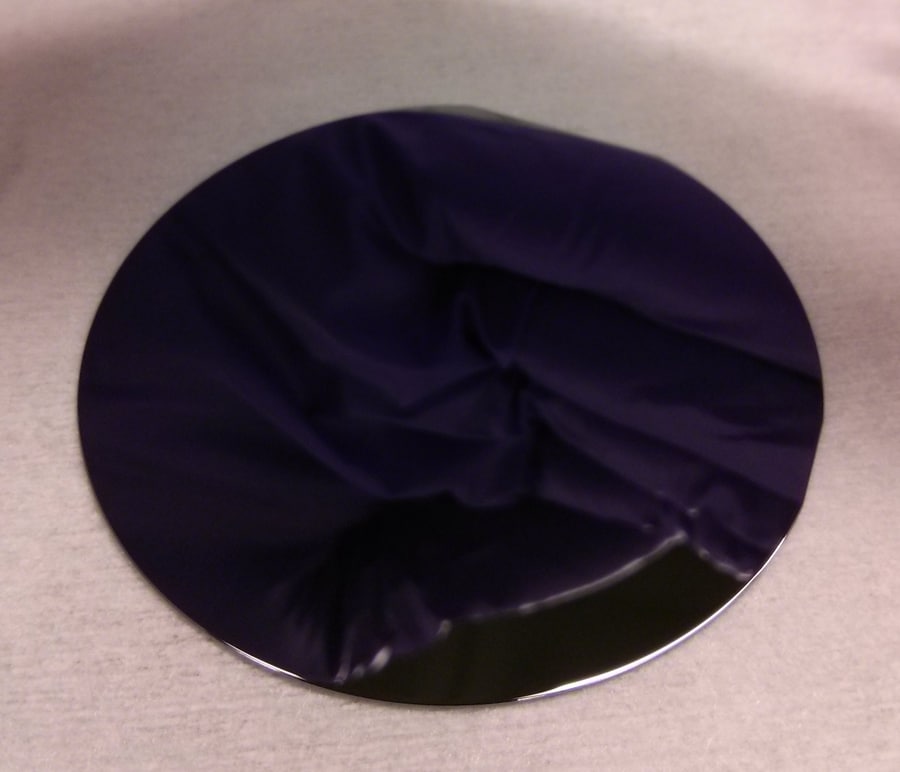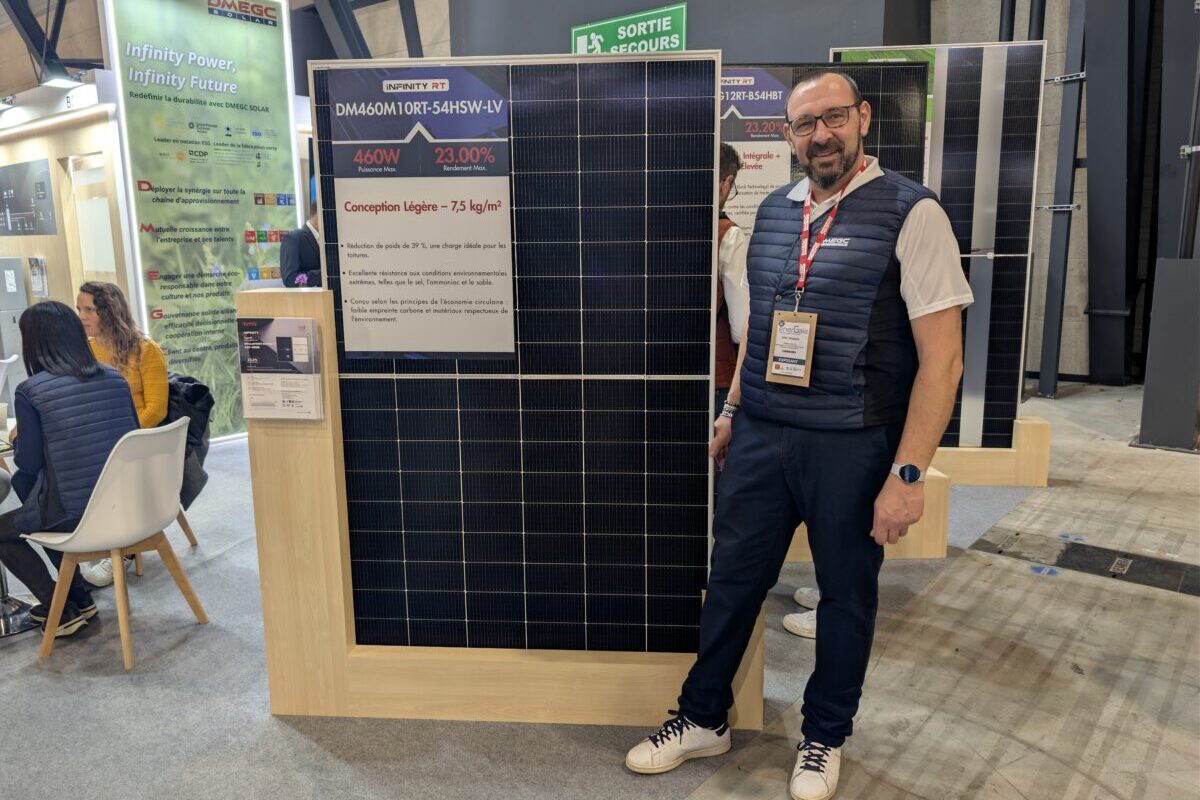A group of researchers at the US Department of Energy's National Renewable Energy Laboratory (NREL) has simulated a four-terminal tandem III-V solar cell by stacking gallium arsenide (GaAs) films onto interdigitated back contact (IBC) silicon solar cells with a glass interlayer.
“While we have done some initial mini-module integration work, significant size scaling will ultimately be needed to reach commercialization,” the research project's main author, Adele Tamboli, told pv magazine. The cells could reach commercialization after several challenges are addressed, she added. “The component cells have both been demonstrated at industrial scale. However, the cost is still high and will need to be reduced.”
The device has an active area of 1 cm2 and is claimed to have higher efficiency compared to similar cells built at the research level, as the thickness of the GaAs absorber layer was optimized. “If the absorber layer is too thin, transmission through the top cell will increase, and high-energy photons will be collected by the bottom cell at a lower voltage,” the scientists explained. “If the absorber layer is too thick, approaching the minority carrier diffusion length of the absorber layer material, the carriers generated will recombine prematurely, and the photon energy will be lost as heat.”
The GaAs cells were grown on GaAs substrates through metal-organic vapor phase epitaxy (MOVPE). The absorber layer thickness was between 1.5 to 3.5 micrometers to bracket an expected optimum of 2.4 micrometers. The IBC cells with a thickness of 300 micrometers were provided by the Institute for Solar Energy Research Hamelin (ISFH) in Germany. “The tandems were assembled by stacking the processed GaAs cells on top of amorphous silicon bottom cells with a thin layer of the same epoxy used for inversion in between,” the academics stated. “The resulting cells were then cured at room temperature for 24 h.”
The researchers found that all the four-terminal tandem cells developed with this design achieved an efficiency of over 32% when the GaAs thickness was above 1.5 micrometers. A cell with an absorber layer with a thickness of 2.8 micrometers showed the highest top cell and tandem efficiency of 26.38% and 32.57%, respectively. “While the GaAs top cell here had a slightly decreased fill factor (FF), the IBC bottom cell exhibited a slightly higher efficiency than the silicon heterojunction bottom cell used previously,” the research team emphasized.
The findings of the research and a description of the cell can be found in the paper “Optimization of four terminal rear heterojunction GaAs on Si interdigitated back contact tandem solar cells”, published in Applied Physics Letter.
This content is protected by copyright and may not be reused. If you want to cooperate with us and would like to reuse some of our content, please contact: editors@pv-magazine.com.




Good stuff keep em coming….
I love these Articles keep it up….